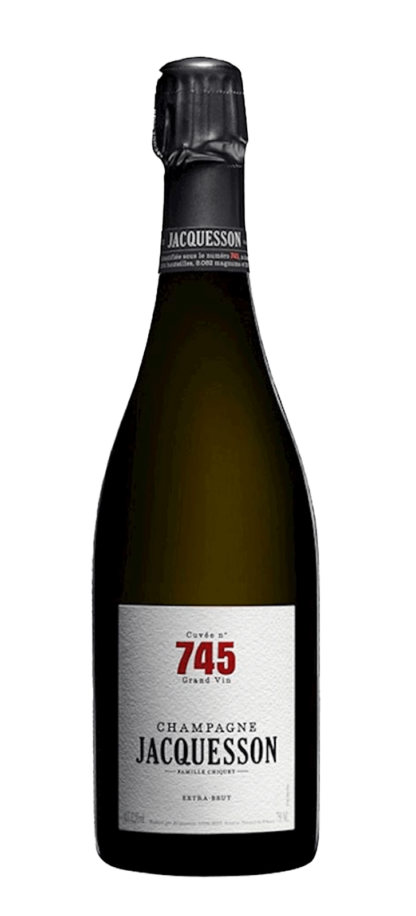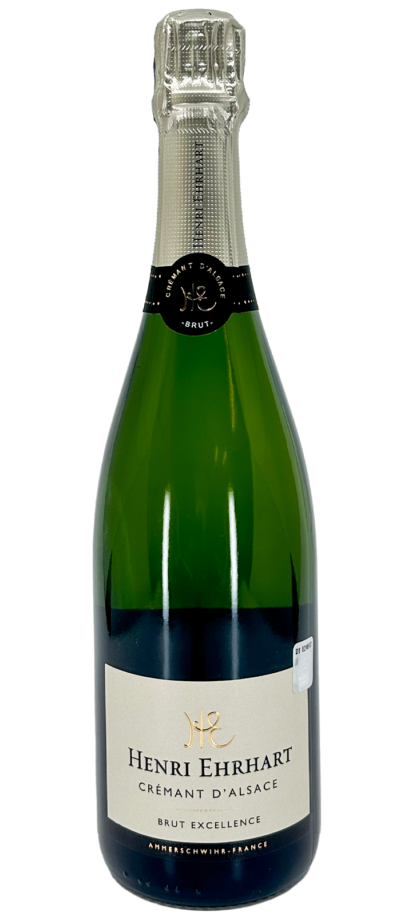“Le Crock” St.Estephe 2021
“Le Crock” 2021 reveals a robust palate of dark berries, blackcurrants, and plums, beautifully intertwined with notes of cedar, tobacco, and a touch of spice, reflecting its aging in oak barrels. The wine’s full body and elegant structure are complemented by a lingering finish, making it an exquisite example of St. Estèphe’s terroir. Its complexity and depth are indicative of the exceptional care and craftsmanship that go into each bottle, making it a wine that promises to evolve gracefully over time.
Pairing “Le Crock” St. Estèphe 2021 with rich, savory dishes such as roasted game, beef Wellington, or a hearty mushroom stew can enhance the wine’s intricate flavors and robust structure. It also pairs beautifully with strong, aged cheeses, where the wine’s complexity and bold character complement the intensity of the cheese, creating a sophisticated and memorable tasting experience. These food pairings not only highlight the wine’s versatility but also its ability to elevate a wide range of culinary styles, making it a superb choice for special occasions and fine dining.
24 in stock
























